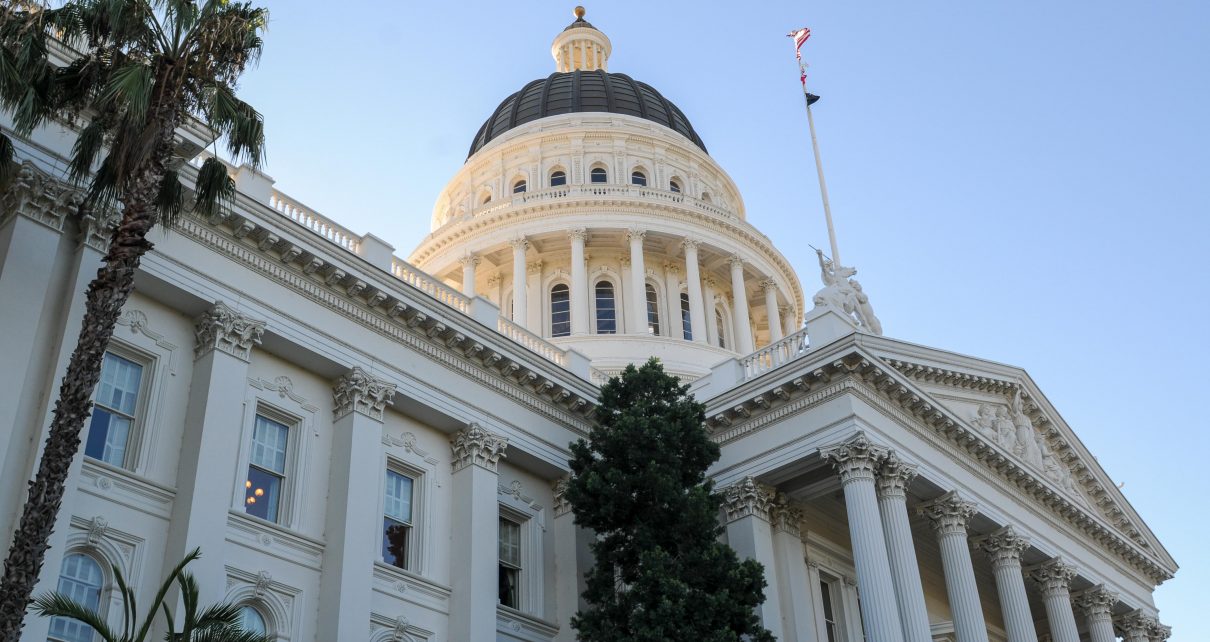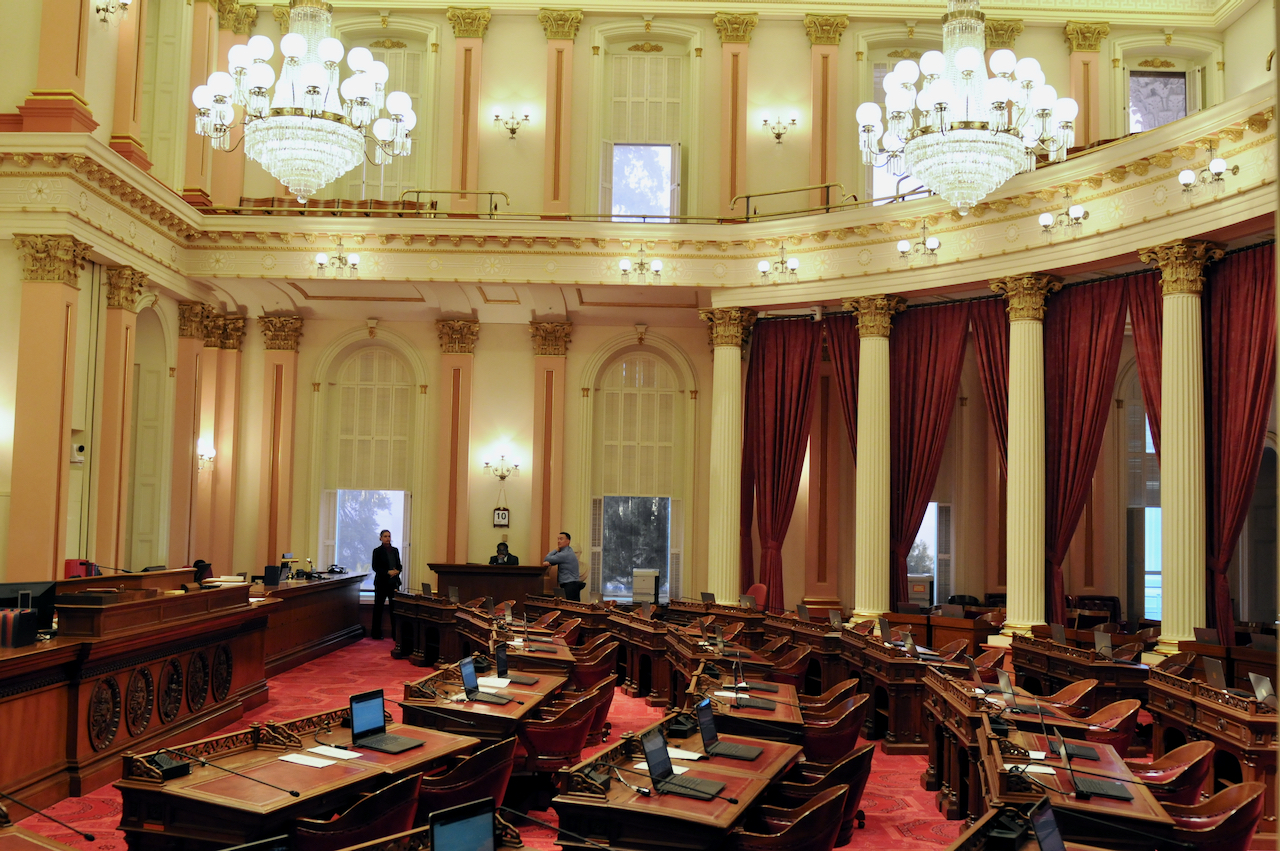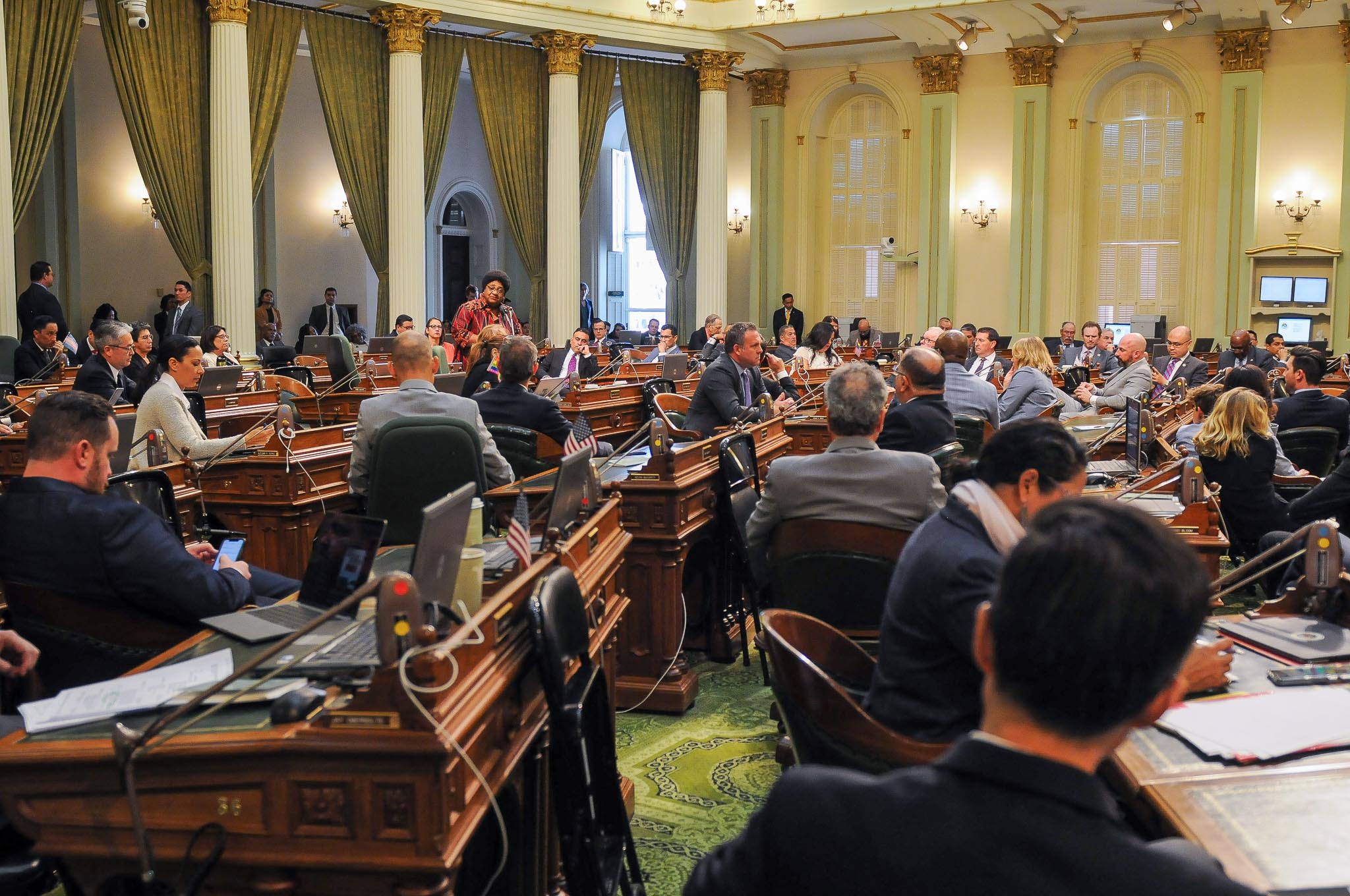
California State Capitol. (Photo: Kevin Sanders for California Globe)
How Can a Higher Vote Threshold Be Imposed on Bills in the California Legislature?
What about a bill that requires a super-majority vote?
By Chris Micheli, September 15, 2022 5:05 pm
The California Constitution, in Article IV, Section 8(b)(3), clearly states the following: “No bill may be passed unless, by rollcall vote entered in the journal, a majority of the membership of each house concurs.” As a result, in the state Constitution, a simple majority of the Assembly (i.e., 41 affirmative votes) and Senate (i.e., 21 affirmative votes) are required for passage of a bill.
Nonetheless, observers of the legislative process will know that there are higher vote thresholds required for passage of a bill. Some are obvious because they are also found in the state Constitution. For example, in Article IV, Section 8(d), it provides for urgency clause bills: “In each house the section and the bill shall be passed separately, each by rollcall vote entered in the journal, two thirds of the membership concurring.”
But what about a bill that requires a super-majority vote and that vote threshold is found in a statute? How can a statute prevail over this constitutional requirement of a majority vote? One must look to another Article to find the answer.
Article II, Section 10 of the California Constitution explains this anomaly of where a statute can prevail over the constitutional vote requirement. Section 10(c) provides the following: “The Legislature may amend or repeal an initiative statute by another statute that becomes effective only when approved by the electors unless the initiative statute permits amendment or repeal without the electors’ approval.”
This section of the state Constitution generally prohibits the Legislature from amending a statutory initiative that was adopted by the voters, unless the initiative language itself allows amendment. For example, the Political Reform Act of 1974 was adopted by the statewide electorate as Proposition 9, which was a statutory initiative because it adds the PRA of 1974 to the Government Code.
Among the PRA’s provisions is Section 81012(a) of the Government Code, which provides the following: “This title may be amended to further its purposes by statute, passed in each house by rollcall vote entered in the journal, two-thirds of the membership concurring and signed by the Governor, if at least 12 days prior to passage in each house the bill in its final form has been delivered to the commission for distribution to the news media and to every person who has requested the commission to send copies of such bills to that person.”
As a result, the People of the State of California authorizes the Legislature to make certain amendments to the PRA of 1974 with a 2/3 vote threshold. This higher vote threshold is found in a statute contained in the Government Code. That is why a statute can contain a higher vote threshold than that which is contained in the state Constitution.
- Rights and Duties of Witnesses in Civil Actions - August 21, 2025
- County Powers Over Harbors - August 20, 2025
- Legislative Committees in California - August 19, 2025








One thought on “How Can a Higher Vote Threshold Be Imposed on Bills in the California Legislature?”